Translations
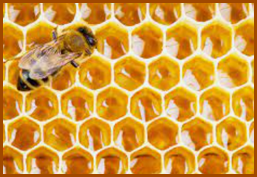
Unit Overview
In this unit, students will be able
to:
·
Create
translations of geometric figures
·
Identify
corresponding parts of translated images
Key Concepts
·
Rigid
transformations
·
Translations
Ohio’s Learning Standards
·
8.G.1 Verify
experimentally the properties of rotations, reflections, and translations
(include examples both with and without coordinates).
o
8.G.1a. Lines
are taken to lines, and line segments are taken to line segments of the same
length.
o
8.G.1b. Angles
are taken to angles of the same measure.
o
8.G.1c.
Parallel lines are taken to parallel lines.
·
8.G.2
Understand that a two-dimensional figure is congruent to another if the second
can be obtained from the first by a sequence of rotations, reflections, and translations;
given two congruent figures, describe a sequence that exhibits the congruence
between them. (Include examples both with and without coordinates.)
·
8.G.3 Describe
the effect of dilations, translations, rotations, and reflections on two-dimensional
figures using coordinates.
Calculators
·
Here is a link
to the Desmos scientific calculator that is provided for the Ohio State
Test for 8th Grade Mathematics in the spring.
·
You are
strongly encouraged to use the Texas Instruments TI-30XIIS handheld scientific
calculator. It is extremely user
friendly.
Translation:
·
a
rigid transformation where you slide the image horizontally and
vertically
o
the
image maintains its orientation → it does not turn or flip
Example A: Translate pre-image
rABC
down 5 units and right 7 units
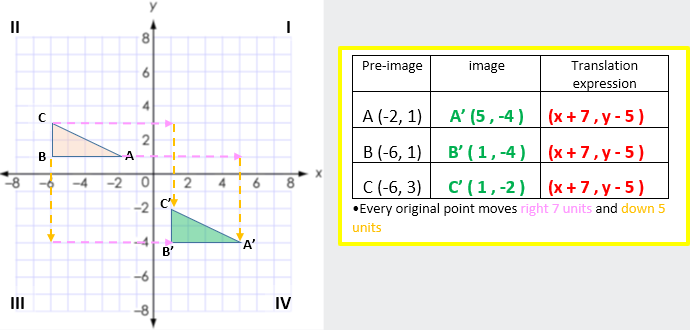 |
·
If it helps, you can physically trace a
shape (also mark the origin) and slide the tracing paper to see the location of
the new image
o
Wax paper (burger ‘patty paper’) is great
to use
·
Like reflections in the previous unit,
and any rigid transformation,
o
corresponding sides are congruent
o
corresponding angles are congruent
Example B Set: Identify each rigid
transformation of triangle A as a reflection, rotation, or translation:
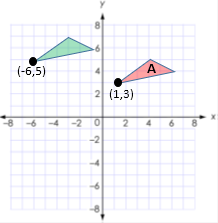 |
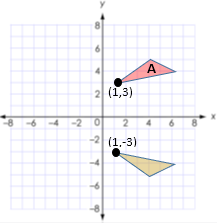 |
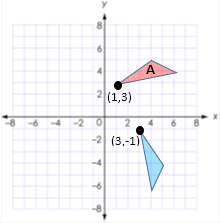 |
SLIDE → Translation Left 7 units, up 2 units (1, 3) → (-6, 5) (x, y) → (x – 7, y + 2) |
FLIP → Reflection reflect over x-axis (1, 3) → (1, -3) (x, y) → (x, -y) |
TURN → Rotation
(1, 3) → (3, -1) (x, y) → (y, -x) |
Example B Set: Identify each rigid
transformation of square ABCD as a reflection, rotation, or translation:
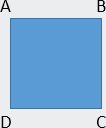 |
 |
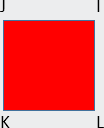 |
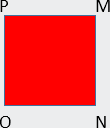 |
ABCD → EFGH Corresponding letters: slide over TRANSLATION |
ABCD → IJKL Corresponding
letters: REFLECTION |
ABCD → MNOP Corresponding letters: turned 90° clockwise ROTATION |
For further explanation and practice on translations:
Let’s Practice:
Use the image below
for the following questions:
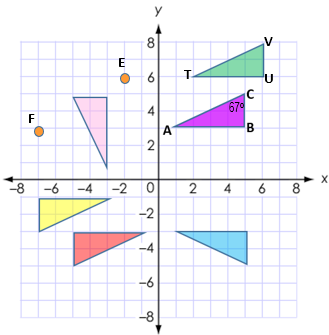 |